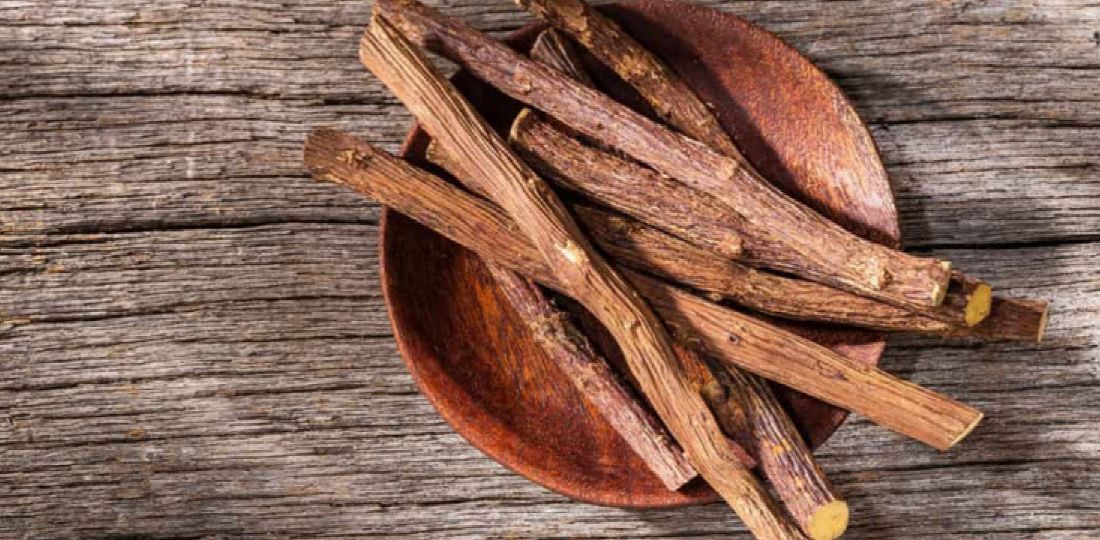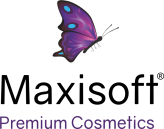
Licorice for Skin
What is licorice root and what are its skincare benefits?
Derived from the glycyrrhiza glabra plant, licorice has long been prized in Japan due to its medicinal properties and health benefits. Scientists more recently discovered that licorice root extract is an emulsifier, which allows both water and oil-based ingredients to mix effectively. This can be a challenge, since water and oil tend to separate, and natural emulsifiers are even harder to come across in skincare. But licorice root extract improves the consistency of products and more importantly, allows our skincare products to deliver benefits to our skin! No wonder it’s sought-after in product formulations. Here are some other reasons you’ll want to check out licorice.
- Brightening and treating dark spots
Have you had any friends tell you that you should use skincare products with some licorice roots for dark spots? While melanin formation is a complex process, the main enzyme responsible for discoloration is tyrosinase. Licorice root extract is known to inhibit the secretion of tyrosinase, which helps to prevent dark spots from forming on the skin. But licorice root extract not only stops new dark spots in their tracks, but it is said to help fade existing ones. The root also contains a flavonoid, a plant polyphenol with antioxidant properties that can protect the skin from pre-mature discoloration, aging, and environmental stress.
These same properties make licorice excellent for reversing hyperpigmentation, a condition where the skin forms dark spots on the skin that makes it look uneven in tone and texture. It also helps to reduce melasma, which can happen due to sun exposure or hormonal changes during pregnancy.
While hydroquinone is usually the ingredient of choice when it comes to depigmentation, it comes with several drawbacks, including potential side effects like dryness, irritation, and redness. Licorice presents an attractive natural alternative if you’re looking to brighten your skin in a milder way.
- Sun defense
Licorice root in skincare also plays a role in sun defense. In addition to helping brighten skin already affected by sun damage, licorice contains glabridin, which is known to help stop discoloration in its tracks during and immediately after sun exposure. UV rays are the primary cause of skin discoloration, but glabridin contains UV blocking enzymes that prevent new skin damage from occurring.
- Healing acne scars
Licorice root is also a go-to for treating acne scars. Sometimes we experience scars from breakouts or injuries that occurred due to no fault of our own. Licorice can speed up the healing process by inhibiting the production of melanin, an amino acid responsible for pigmentation in the skin. Although melanin does help to guard the skin from UV ray damage, too much melanin is a whole other issue. Excess melanin production during sun exposure can result in unwanted effects, including dark scars and even skin cancer.
- Calms Inflammation
Licorice is said to have a soothing effect on skin and helps to ease inflammation. The glycyrrhizin found in licorice can reduce redness, irritation and swelling, and is used to treat skin conditions like atopic dermatitis and eczema.
- Softens skin
Licorice can help the regeneration of our skin’s collagen and elastin supply, both of which are necessary to keep our skin elastic, smooth, and baby-soft. Not only that, but licorice helps to preserve hyaluronic acid, a sugar molecule with the ability to retain up to 1000 times its weight in water and keeps skin plump and bouncy.
Side effects of licorice on the skin
Licorice extract is non-comedogenic, which means that it doesn’t clog pores. It is also an unlikely allergen, meaning that only in rare cases does it cause an allergic reaction, but some people could experience a reaction depending on the other ingredients that licorice root extract is combined with. As with all cosmetics, you should always patch test skincare products before applying them to your whole face.
While licorice extract is usually considered a non-irritating and safe ingredient, it may not be safe during pregnancy. Studies suggest that glycyrrhizinate, the very component that gives the root its skin healing properties, could potentially be linked with children experiencing developmental and behavioral issues. For the same reason, herbal teas, supplements, and snacks containing licorice are ill advised for pregnant mothers. The jury is still out on just how much licorice consumption would be harmful, so if you’re expecting, it’s best to steer clear of the ingredient altogether.
What forms does licorice root extract come in?
Licorice root extract comes in a variety of forms, but common ones are licorice root oil and licorice root extract powder.
Pure licorice oil is potent is filled with active ingredients that enhance its efficacy. Glabridin, a component of licorice oil, is said to have an anti-inflammatory effect on the skin and helps to control melanin production. Liquiritin, another active ingredient, helps to disperse and break down melanin in the skin, helping overall skin tone and clarity. Additionally, the presence of licochalcone has been shown to help regulate oil secretion in the skin, which makes this ancient oil compatible with even oily skin types. At the same time, licorice root oil is said to have a soothing effect on sensitive and dry skin types, making it quite the versatile skin savior.
Licorice root extract powder also possesses many of the same properties as licorice root oil, and is commonly infused in skincare products to help treat acne, calm eczema, and reduce dark spots, acne scars, and sun damage. Since it is water-soluble, it is commonly found in powdered skincare products like masks and exfoliants, as well as body scrubs, bar soaps, bath bombs, body lotions, creams, and butters.

